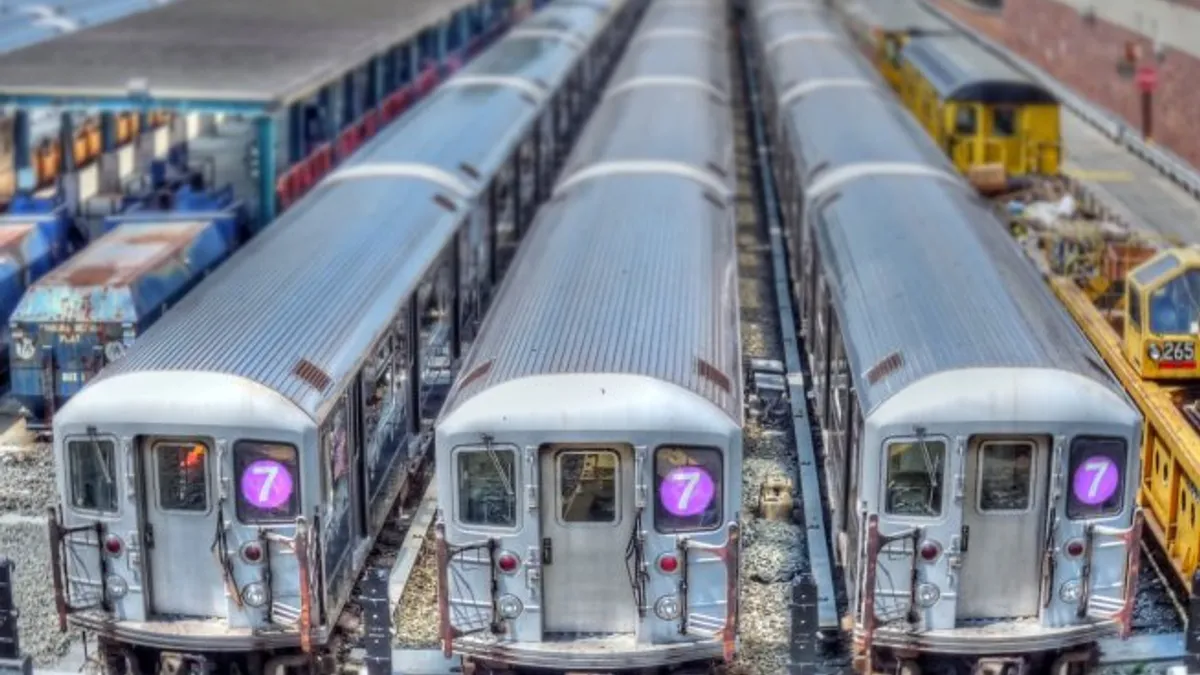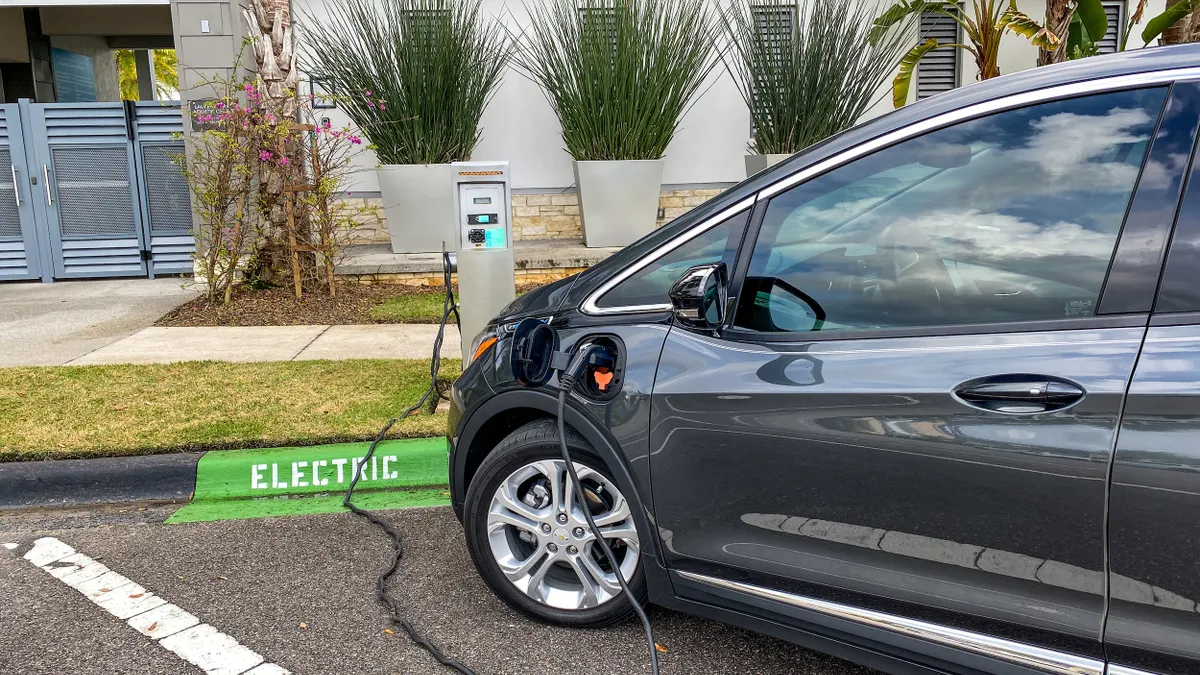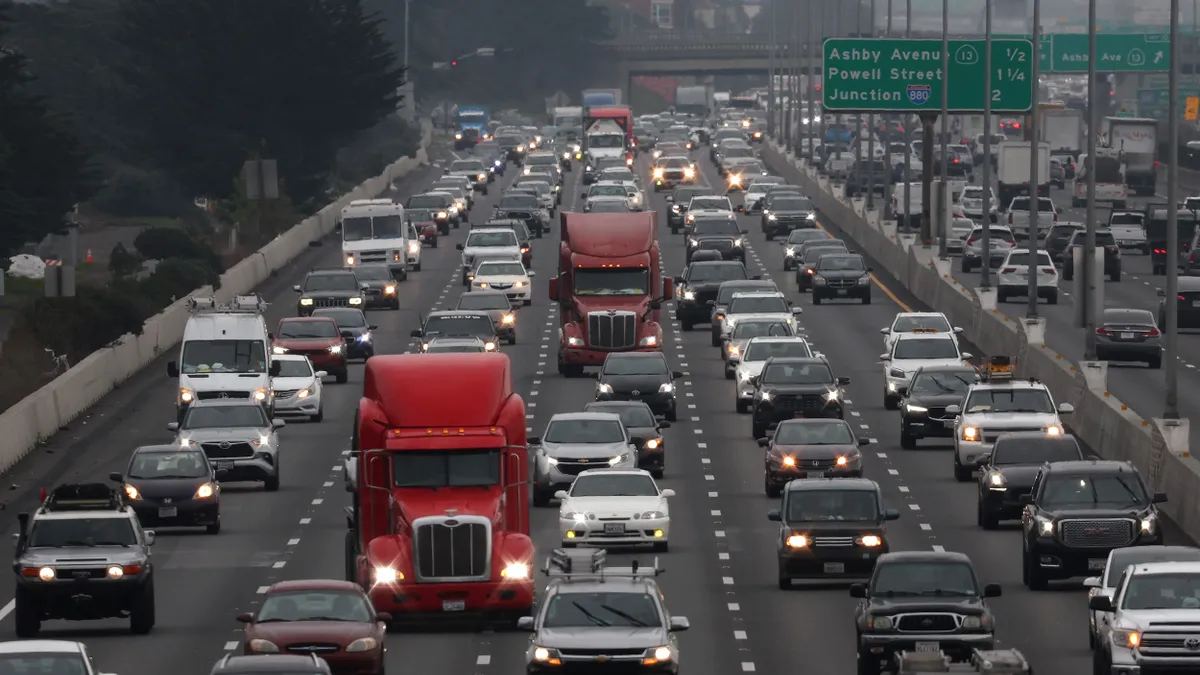Editor's Note: The following is a guest post from Chris Shannon, CEO at Fotech Solutions.
Recent reports have forecast that there will be an increase of more than 2.5 billion people in urban areas by 2050. The continuing growth of populations in large cities correlates to continued increases in the demand for road travel in future years.
Transport infrastructure and traffic management systems are a critical component of any major city — impacting everything from citizens to businesses, the environment (the current transport sector contributes 27% of energy-related CO2 emissions) and the economy. As a result, improving traffic flows will become crucial in densely populated urban areas. Implementing intelligent traffic management systems that deal with congestion detection and avoidance alongside emergency management, car safety and accident prevention are central to this incentive.
Effective and reliable traffic flows will be essential for sustainability and future economic growth. Estimates suggest that traffic congestion will worsen by 2030, causing economic gridlock. The average British driver is predicted to be stuck in 136 hours of traffic a year, or over 18 working days, by 2030. For drivers in London this figure is expected to be nearly 300 hours a year – a full 40 working days held up in traffic.
The annual cost of this congestion equates to $461 billion in the U.S., U.K. and Germany alone already. Relative terms, like “Journey Reliability Time” (JRT) are already commonplace in cities like London and New York City, but will soon become one of the key metrics by which to judge the effectiveness of smart transport initiatives.
The issue has fueled investment in a variety of projects that focus on the infrastructure of the smart cities of the future. There will be a predicted 95% increase in the international investment for smart city initiatives by 2022, increasing from $81 billion to $158 billion according to International Data Corporation (IDC) estimates. Investment in smart transport systems are forecast to be second only to security projects. Transport and logistics companies see updated management technology as a key necessity to serve tomorrow’s road users and consumers.
Transport management in the slow lane
A major drawback of existing transport systems is that they’re based on traditional timing and typically programed using outdated traffic data. The past 20 years has seen an 84% increase in the number of cars sold in the world, placing a larger strain on the infrastructure of current roads. Technologies like cameras, over-roadway sensors and inductive loop detectors are no longer able to provide dynamic responses to irregular events such as accidents, roadworks or major construction. The result of which is that when the pre-programed flow is disrupted, there are consequences that can be extremely challenging to deal with existing technology.
These are the issues that the digitalization of transport systems as part of smart city initiatives will solve. The issue is deploying the digital infrastructure required to capture the appropriate data that will fuel new digital services.
GPS technology has been regarded as a possible solution to improving the quality of live traffic data. However, although the infrastructure is already in place to capture this data, the reality is that GPS does not offer high enough accuracy or reliability – exposing management systems to too great a margin for error. Conversely, other telecommunications technologies that have been proposed would potentially offer greater accuracy. But building the necessary sensor networks and back haul would be a huge capital expenditure project that most city authorities are unwilling or unable to foot the bill for.
The alternative may already be in place in our fiber optic cable networks.
Extracting new value from existing infrastructure
Fiber networks offer almost blanket coverage of cities and road infrastructures. Making use of existing fiber networks also means there is no need to dig up the streets, nor install new cameras, or fit point sensors. This also removes the need for vast spending programs to deploy new technology.
Obviously new technology is required to convert these cables into something that can be used by city authorities to track traffic flows. Distributed Acoustic Sensing (DAS) is a technology that takes advantage of fiber networks to enable real physical monitoring of traffic flows — rather than relying on wireless technology.
All traffic generates acoustic or seismic data as it passes over roads. Crucially, certain activities and incidents produce specific acoustic signatures. DAS uses fiber optic cables to recognize and detect these signatures — effectively using software to turn fiber cables into sophisticated "acoustic" sensors.
Leveraging DAS allows for optimization of operations, giving city authorities access to real-time data streams of their entire road network and enables them to track road traffic and public transport infrastructure — analyzing the speed and density of traffic, pinpointing congestion, and identifying disruptions like broken-down vehicles.
These capabilities also open up the potential for far more automation in traffic systems. For example, the potential to dynamically adapt traffic controls and redirect traffic to balance overall flows and avoid crippling congestion.
Optimizing the future of transport management
Having access to such intelligent insights, in real-time, and in combination with smart city infrastructure and other data sources, will serve as a base for further optimization — providing more control over traffic flows through actionable reports and more decision-making power.
Deploying DAS not only makes fiber assets a source of potential new revenues, it will also deliver the intelligent transport systems we need sooner, cheaper and, most importantly, with less disruption as the fiber networks are already largely in place.
Through gaining new insights on traffic flows and improving safety, DAS has a big role to play in delivering the transport infrastructure future smart cities need.



















